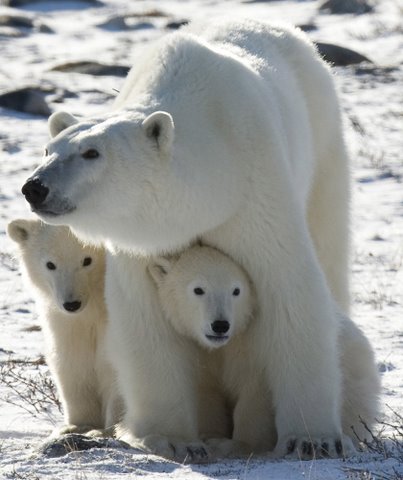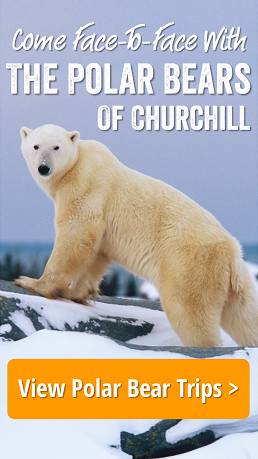by Steve Selden | May 1, 2015 | Churchill News
RCMP officers in Resolute Bay, Nunavut report that two Dutch explorers; Marc Cornelissen and Philip de Roo are missing and presumed drowned. The experienced polar researchers and explorers were on a two-month study of the sea ice conditions in the Arctic for an organization called Cold Facts.

Marc Cornelissen and Philip de Roo went missing close to Bathurst Island the end of a two-month scientific study of sea ice conditions. Coldfacts.org image.
The pair were exploring and conducting sea ice research when a distress signal was set off near Bathurst Island and a chartered aircraft flew to the signal point. Equipment was spotted on the ice surface but no trace of the men who had been on skis. Subsequent searchers found a dog and sled next to a large hole in the ice and another sled in the water. Other personal expedition items were also in the water.
Throughout their trek, the scientists was regularly updating a website set up for the expedition. Tuesday’s post stated that due to extremely warm temperatures the ice was thin where they were heading.
A final voice recording posted online Tuesday by Cornelissen said: “Today was a good day.” describing the weather as surprisingly warm, “too warm actually,” saying that he ended up skiing in only his underwear and boots.
“We think we see thin ice in front of us, which is quite interesting,” Cornelissen said. “And we’re going to research some more of that if we can.”

The missing researchers disappeared near Bathurst Island, 200 kilometres north of Resolute, Nunavut, itself about 1,500 kilometres north of Iqaluit and nearly 2,000 kilometres north of Churchill, MB. CBC Image.
Due to the global warming, extensive research surrounding Arctic sea ice has been on the rise. The researchers may have fallen victim to the very phenomena and reason for which they had traveled to the Arctic. Global warming has affected reduced sea ice, weather patterns as well as concern for the iconic symbol of the north itself the polar bear!
by Steve Selden | Feb 10, 2015 | Churchill News
Traveling to Churchill evokes images of pristine white polar bears. This “white” fur blends in with snow and ice to camouflage the animal, not from predators, though more so from prey, such as seals. The black also acts as a receptor for heat absorption from sunlight.

Polar bear with blackish tongue. Natural Habitat Adventures photo.
Each polar bear hair is hollow in core, pigment-free and transparent that scatters and reflects sun-light. The same principle happens with ice and snow.
Just after the molting season in spring and early summer, polar bears appear most white since they are cleanest then. During the seal hunting season out on the Hudson Bay, polar bears absorb oils from the seals and appear yellow in color.
Underneath this thick “white” fur is a black skin layer with four and a half inches of fat below that.

Polar bear skin is black underneath the transparent guard hairs. Brad Josephs photo.
When a polar bear is on land or on the sea ice surface the thick fur coat is what insulates the bear from the cold. However, when polar bears are swimming in water, the thick fat layer is what protects them from the frigid cold. Wet fur is not a good insulator and for this reason mother polar bears tend to keep their cubs out of the water as much as possible. The young bears have not built up the protective fat layer yet. Their fur however is enough to survive the cool spring temperatures.

Mother polar bears avoid having their cubs swim in the ocean until they have the fat reserves to protect them. Jonathan Hayward photo.
Another unique characteristic that allows polar bears to keep warm and exude a whitish glow is luminescence. The insides of these transparent guard hairs have tiny bumps that scatter light and create a greater surface for the light across the animals body. The outside of the hairs also collect salt particles from the ocean and act in the same way to refract or scatter the light. Both of these processes cause an overall glow of white in appearance.
by Steve Selden | Dec 3, 2014 | Videos
Check out this BBC Documentary on polar bears on Wrangell Island. Quite an interesting view of the world in which polar bears survive. With sea ice coverage decreasing as a result of global warming, this video will give you insight into how polar bears rely on the ice surface for their subsistence.
Come see the polar bears of Churchill in the wild with Natural Habitat Adventures!






